Updated Trends in U.S. Delivered Coal Prices: Volatility in U.S. Coal Prices Increases Pressure to Phase Out Coal Power
Clean Energy Action has questioned the practice of making long-term continued investments in coal-fired power plants for years. These concerns are driven by several factors including carbon dioxide emissions which in many states make coal plants the largest source of greenhouse gas emissions, emission of pollutants like mercury and sulfur dioxide, increasingly unfavorable economics, and the uncertainty of future coal prices and supplies.
The price of coal has changed greatly over the last two decades. This volatility puts continued investments in coal-fired power plants at risk of becoming stranded assets – assets that have suffered from unanticipated or premature write-downs, devaluations or conversion to liabilities. Rather than adding pollution control equipment or other investments to keep coal plants online, regulators and utilities should consider making plans to phase out coal power.
Coal plants can’t operate without a stable supply of coal over their entire lifetime, which means that the long-term stability of coal prices and supplies are essential to the solvency of a coal plant investment. In 2013, CEA published a detailed analysis of historical coal prices in each U.S. state to gain insight into their stability. The study revealed that prices rose steadily over the preceding decade, thereby continually increasing costs for coal based utilities.
In light of the recent coal industry bankruptcies, we updated this report to include more recent data and found that instability in the coal industry was paralleled by decreasing coal prices and persistently rising production costs, resulting in dangerously low profit margins. Our analyses indicate that utility commissions, utilities, and political leaders should seriously consider the unpredictable nature of fossil fuel markets when making decisions about long-term energy investments. Our findings point to the long-term economic benefits of investing in “free fuel” renewable energy resources such as wind and solar that have stable and affordable prices.
